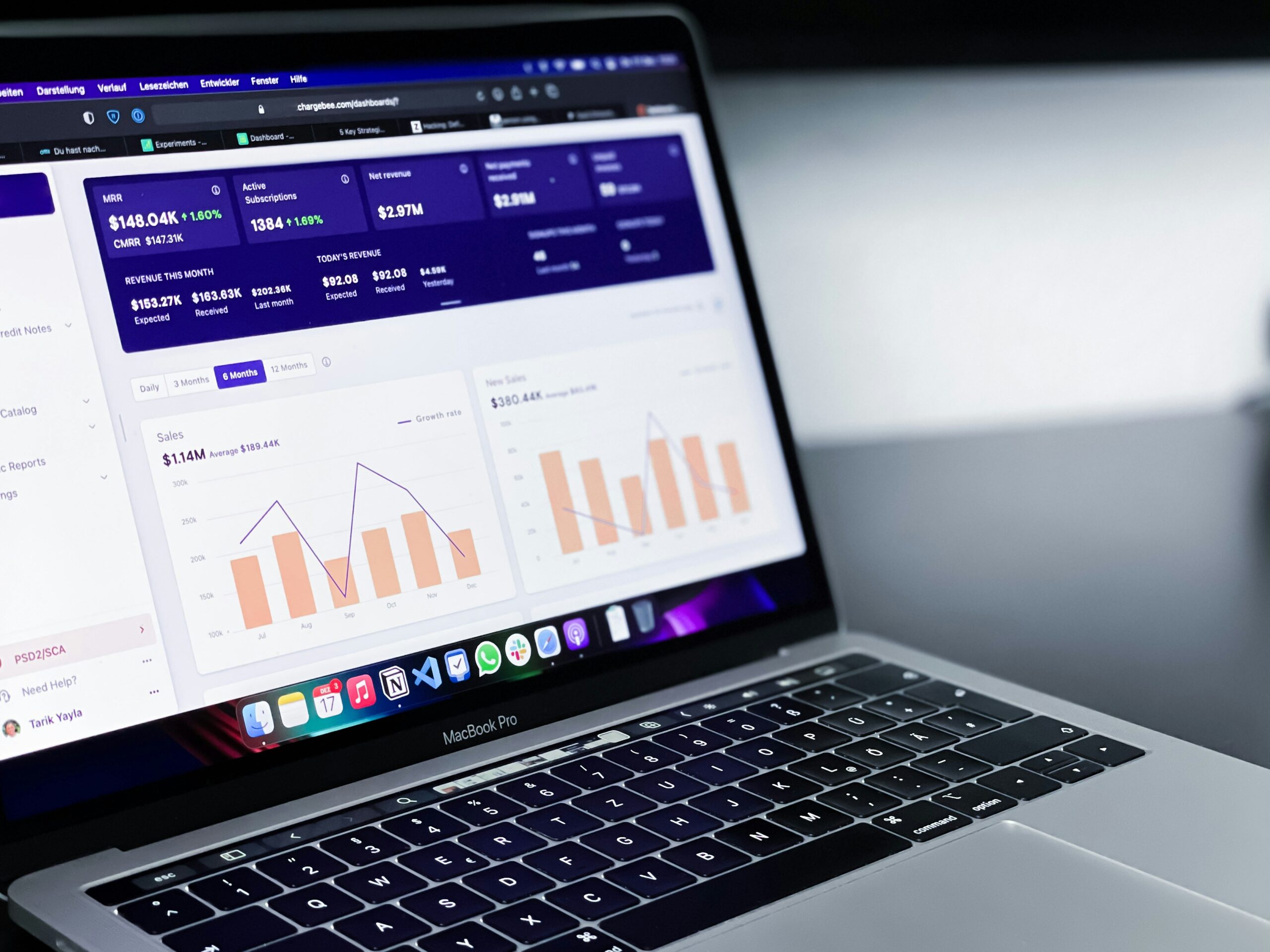Defining the Future of FP&A through the Legendary TM1 Engine at the Heart of IBM Planning Analytics.

Introduction to IBM Planning Analytics (TM1): Why Finance Teams Rely on It
In today’s fast-paced business environment, finance teams are expected to deliver more than just numbers. They must act as strategic advisors, helping organizations navigate uncertainty, improve profitability, and make smarter decisions.
Traditional spreadsheets, while familiar, are no longer sufficient for the scale and complexity of modern business planning.
This is where IBM Planning Analytics powered by TM1 comes in. It is one of the most trusted enterprise planning platforms worldwide, enabling organizations to manage budgeting, forecasting, and performance management with speed, accuracy, and scalability.
For over three decades, TM1 has powered financial planning in industries ranging from banking to energy, logistics to retail. But why do finance teams continue to rely on it today?
This article explores the reasons behind TM1’s enduring relevance, its unique capabilities, and what makes it indispensable for modern FP&A teams.
At its core, TM1 is an in-memory, multidimensional database engine designed for financial modeling. Unlike relational databases, TM1 stores data in cubes that mimic how finance teams think: by dimensions such as time, product, region, department, and account.
Examples:
Revenue → Product × Region × Month
Expenses → Cost Center × Expense Type × Quarter
Headcount → Department × Role × Year
Because TM1 operates in memory, calculations are instantaneous—even on complex models with millions of records. This speed is critical when finance teams need to run multiple scenarios, adjust assumptions, and deliver insights in real-time.
Why Finance Teams Rely on TM1?
Excel-Like Familiarity with Enterprise-Grade Power
Most finance professionals live in Excel. TM1 integrates seamlessly with Excel through Planning Analytics for Microsoft Excel (PAfE), allowing users to build dynamic reports and input templates.
Teams get the comfort of Excel with the performance of an enterprise planning engine.
Example: Instead of maintaining 50 disconnected Excel files, finance teams can use TM1 as the single source of truth, with connected models that update automatically.
Scalable, Multidimensional Modeling
FP&A isn’t just about reporting history—it’s about planning the future. TM1 allows teams to build models that handle thousands of dimensions and hierarchies.
Whether it’s a simple P&L forecast or a complex driver-based operational model, TM1 can scale without performance bottlenecks.
Example: A global retailer can model sales across 10,000+ SKUs, hundreds of stores, and multiple currencies—all within the same cube.
Real-Time Collaboration
Unlike static spreadsheets, TM1 is built for collaboration. Multiple users can work in the same model simultaneously, with role-based security ensuring data integrity.
This eliminates the version-control chaos of emailing spreadsheets back and forth.
Example: The sales team updates regional forecasts, the operations team updates headcount assumptions, and finance consolidates instantly—all in one platform.
Driver-Based Planning & Scenario Analysis
One of TM1’s greatest strengths is its ability to support driver-based planning. Instead of manually keying in numbers, users can link financial outcomes to operational drivers.
Examples:
-
Revenue = Price × Volume
-
Labor cost = Hours × Rate × Headcount
-
Marketing ROI = Spend × Conversion Rate
With this approach, finance teams can run what-if scenarios in seconds, helping leadership understand the financial impact of strategic decisions.
Integration Across the Enterprise
TM1 isn’t just for finance. Its flexibility makes it useful across departments:
-
HR: Workforce planning and salary modeling
-
Supply Chain: Inventory forecasting and demand planning
-
Sales: Quota setting and pipeline forecasting
-
IT/Operations: Capacity planning and cost allocation
Because it integrates with ERP, CRM, and other enterprise systems, TM1 acts as the nerve center of performance management.
Governance, Security, and Auditability
For CFOs, compliance and audit trails matter as much as speed. TM1 provides strong data governance, version control, and security features.
Access can be restricted by role, ensuring sensitive data (like salary or bonus pools) remains confidential.
Real-World Scenario: Why TM1 Wins Over Excel Alone
Imagine a manufacturing company with 15 plants worldwide. Each plant manager submits monthly forecasts via Excel. The finance team spends two weeks consolidating, checking for errors, and creating reports. By the time leadership sees the numbers, they’re already outdated.
With TM1:
-
Each manager inputs data directly into a centralized cube.
-
Consolidation happens in real-time.
-
Finance can instantly run scenarios—what if raw material costs rise by 10%? What if demand drops in Asia?
-
Leadership gets accurate, timely insights to steer the business.
This transformation explains why many organizations consider TM1 their strategic finance backbone.
Common Concerns and Misconceptions
“TM1 is too technical for finance users.”
While the back-end requires modeling expertise, end-users typically work in Excel or web-based interfaces. They don’t need to know the technicalities.
“TM1 is outdated compared to newer SaaS tools.”
On the contrary, IBM has continuously evolved the platform with Planning Analytics Workspace (PAW), a modern web interface that includes dashboards, visualizations, and AI-powered forecasting.
“It’s only for big companies.”
While TM1 shines at scale, many mid-sized companies also use it effectively. The real question is not size, but complexity. If your planning processes are complex, TM1 provides immense value.
The Business and Technical Perspectives
-
Business (FP&A) Lens: TM1 helps finance teams reduce cycle time, improve forecast accuracy, and provide more strategic insights to leadership.
-
Technical (Developer) Lens: TM1 provides a robust modeling environment with rules, TurboIntegrator processes, MDX queries, and APIs—tools that enable developers to build scalable and automated solutions.
This dual perspective makes TM1 unique: it serves both the analyst who wants a simple Excel interface and the developer who wants enterprise-grade control.
Looking Ahead: TM1 in the Era of AI and Cloud
IBM has positioned TM1 as a core part of its cloud strategy. With Planning Analytics on Cloud, organizations can scale infrastructure without worrying about servers.
AI-driven forecasting features are being embedded, giving finance teams predictive insights out-of-the-box.
This evolution means TM1 is not just surviving—it’s thriving in the modern FP&A landscape, competing head-to-head with cloud-native planning tools while retaining the raw modeling power finance professionals love.
Conclusion
Finance teams rely on IBM Planning Analytics (TM1) because it combines the best of both worlds:
-
Familiarity and flexibility for business users
-
Power and scalability for enterprise planning
It transforms FP&A from a manual, spreadsheet-driven process into a collaborative, real-time, strategic capability.
For organizations navigating uncertainty, TM1 provides the agility, accuracy, and confidence to make better decisions.
As the rest of this blog series will show, TM1 is more than a finance tool—it is a platform that empowers businesses to plan, adapt, and thrive in a complex world.
